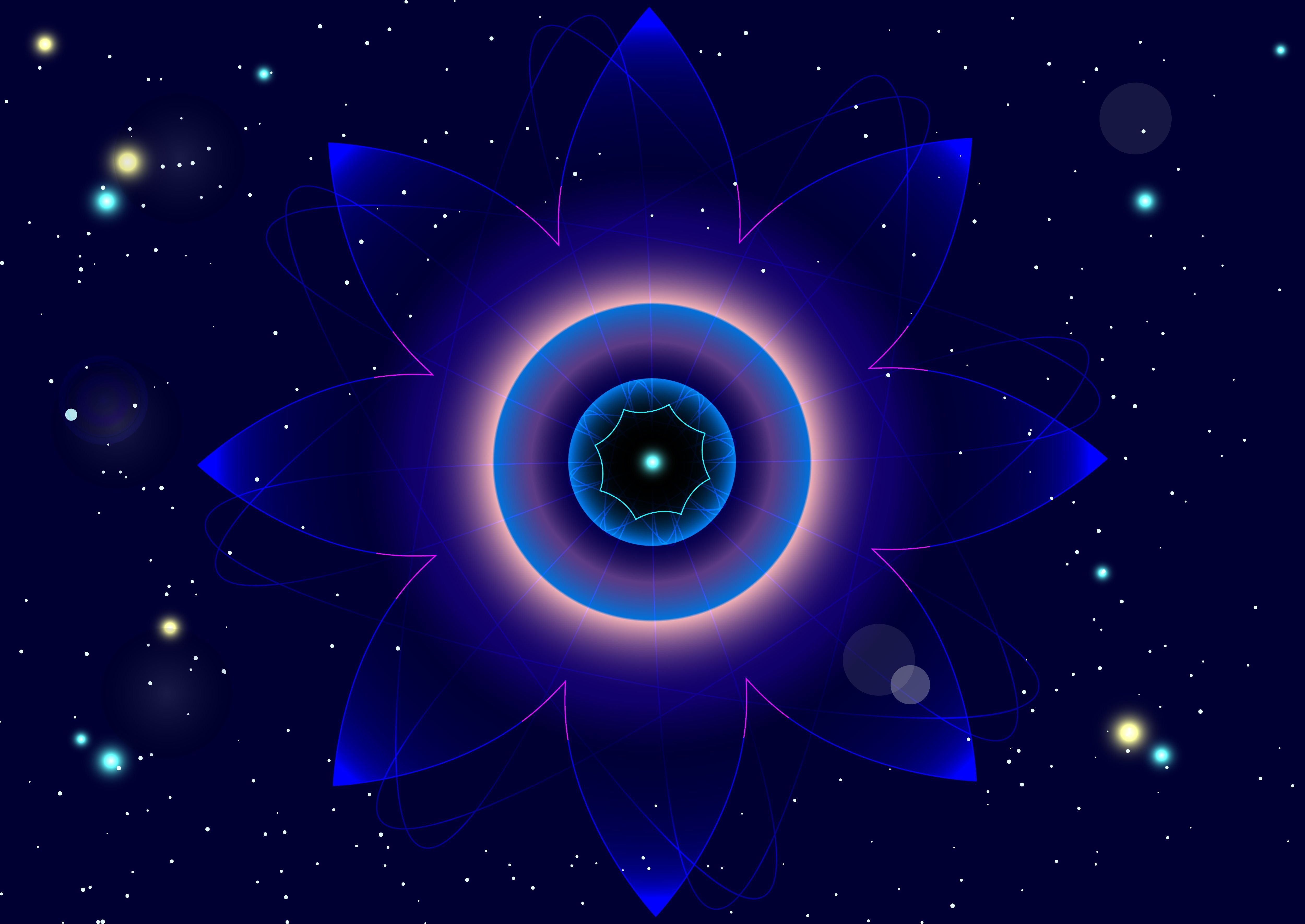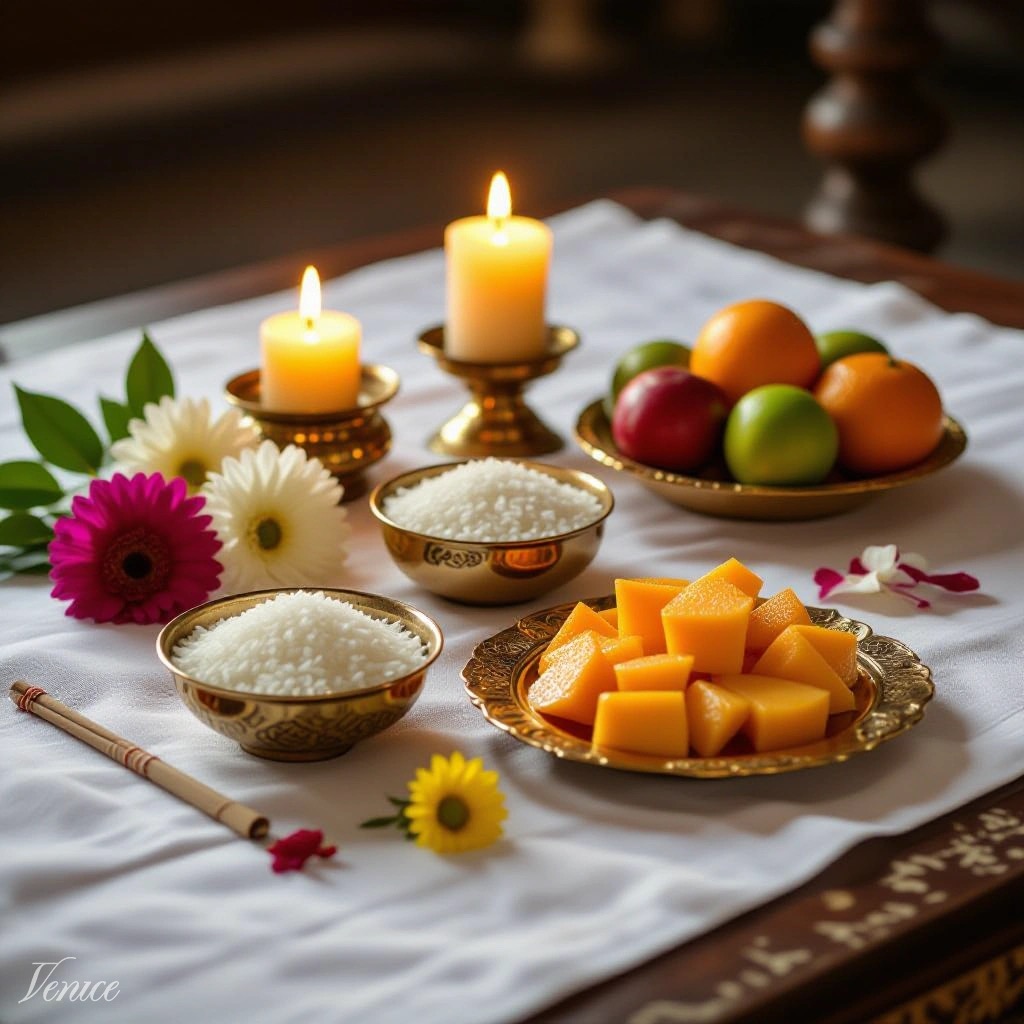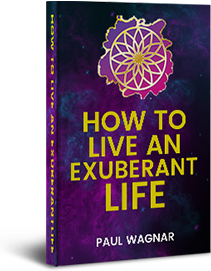There’s a secret that’s been kept behind paywall and organization for decades. A beautiful ceremony that was meant to open consciousness, locked away by trademark lawyers and certified teachers who charge thousands of dollars for what amounts to a Sanskrit prayer and a mantra.
Let’s change that.

The Transcendental Meditation Paywall: Why Ancient Wisdom Became Expensive
The Transcendental Meditation organization – founded by Maharishi Mahesh Yogi and now operating as a multi-million dollar enterprise – has long maintained that their technique can only be transmitted through personal initiation, complete with a formal puja ceremony and a “personalized” mantra given by a certified teacher.
The cost? Often $1,000 or more.
The claim? That this particular lineage, this specific transmission, is somehow irreplaceable. That without proper initiation, the practice won’t work. That the mantras are secret, the ceremony sacred, and the whole thing protected by spiritual copyright.
But here’s the thing about wisdom: it doesn’t actually belong to anyone.
The puja ceremony performed at TM initiations is a traditional Hindu gratitude practice honoring the lineage of teachers (guru parampara) stretching back through Adi Shankara to the Vedic seers. It’s beautiful. It’s ancient. And it’s not proprietary.
The mantras used in TM are not secret mystical codes. They’re bija (seed) mantras drawn from the Vedic tradition, traditionally given according to age brackets in a system that’s been documented and discussed openly for years.
So let’s do what every wisdom tradition ultimately asks us to do: see through the form to what it points toward.
Understanding the TM Puja: The Traditional Ceremony Behind the Initiation
The TM puja is an offering ceremony – a way of acknowledging that you’re not inventing meditation out of thin air but receiving it through a lineage of practitioners who kept the fire burning across centuries.
It honors:
- Narayana (Vishnu, the sustaining principle of existence)
- Padma-bhava (Brahma, born from the lotus)
- Vashishta, Shakti, Parashara (ancient Vedic seers)
- Vyasa (compiler of the Vedas)
- Shuka, Gaudapada (teachers in the non-dual tradition)
- Govinda and Adi Shankara (the great synthesizer of Advaita Vedanta)
- Totaka, Hastamala, and Vartikakara (Shankara’s disciples)
- And finally, Brahmananda Saraswati (Guru Dev), Maharishi’s teacher
This isn’t worship of personalities. It’s recognition that consciousness exploring itself has left traces – teachings, practices, insights – that we can follow like breadcrumbs back to the source.
The offerings themselves are symbolic:
- Water for purity
- Cloth for covering (protection)
- Rice for abundance
- Flowers for beauty and impermanence
- Incense for the subtle realm
- Light for illumination
- Fruit for the sweetness of practice
You’re not bribing invisible entities. You’re aligning yourself with gratitude, humility, and the recognition that you didn’t invent consciousness – you’re just waking up to what was always here.
The TM “Secret”Mantras Revealed: What They Really Are and How to Choose One
The TM organization assigns mantras based on age. Here’s what’s been widely documented:
- Aing (EYENG)
- Shiring (SHEE-ring)
- Hiring (HEE-ring)
- Kirim (KEE-rim)
- Shyam (SHYAHM)
- Shiama (shee-AH-mah)
These are bija mantras – seed sounds without specific literal meaning. They’re designed to function as vehicles for the mind to transcend thinking itself. The sound isn’t magic. The mechanics are simple: you repeat a meaningless sound silently, effortlessly, until the mind settles into stillness beneath thought.
Does it matter which one you use? Probably not as much as the TM organization would have you believe. The key is consistency and effortlessness. Traditional Vedic teaching suggests certain sounds resonate differently, but the ultimate instruction is always the same: use it lightly, without force, like a whisper in your own mind.
If you don’t have a teacher and you want to practice, choose one that feels neutral to you – a sound that doesn’t carry emotional charge or conceptual meaning. That’s the whole point. The mantra is meant to be boring enough that your mind stops caring about it and slips beneath it into pure awareness.

How to Perform Your Own Puja Ceremony (Complete Step-by-Step Guide)
If you want the full ceremonial experience – and there’s real value in ritual as a way of marking transition – here’s how:
Puja Ceremony Setup
Create a simple altar:
- White cloth on a small table
- Fresh flowers
- Uncooked rice in a small bowl
- Cup of water
- Fresh fruit
- Candle or oil lamp
- Optional: incense, image of a teacher or symbol that represents wisdom to you
Performing The Puja Ceremony

- Opening Purification
Sprinkle a few drops of water while saying (or reading silently):
“Whether pure or impure, whoever opens himself to unbounded awareness gains inner and outer purity.”
This isn’t about being spiritually clean enough. It’s about recognizing that awareness itself is always already pure – you’re just remembering.
- Honoring the Lineage
You can read the full Sanskrit verses listed in the document above, or simply say in your own words:
“I honor all teachers who have kept this practice alive – the ancient seers, the philosophers, the practitioners, and those who taught them. I’m grateful to receive what they preserved.”
If you’re not comfortable with Hindu cosmology or specific names, that’s fine. The principle is gratitude for transmission, not theological allegiance.
- Making Offerings
As you place each item on your altar, acknowledge what it represents:
- Seat/cloth: “I offer respect and welcome to this practice.”
- Water: “I offer purification and clarity.”
- Rice: “I offer abundance and sustenance.”
- Flowers: “I offer beauty and the recognition of impermanence.”
- Incense: “I offer attention to the subtle.”
- Light: “I offer illumination and presence.”
- Fruit: “I offer gratitude for the sweetness of practice.”
You can say the Sanskrit if you want (“Pushpam samarpayami Shri Guru charana kamalebhyo namah” – “I offer flowers to the lotus feet of the guru”), or just place the items silently with intention.
- Final Recognition
The traditional verse says:
“The guru is Brahma (the creator), Vishnu (the sustainer), and Shiva (the dissolver). The guru is the supreme reality itself. To that guru, I bow.”
Translation: The teacher – whether person, practice, or the intelligence of existence itself – is not separate from ultimate reality. You’re not worshipping a human being. You’re recognizing that what teaches you is life itself, consciousness waking up to its own nature.
- Begin
Sit comfortably. Close your eyes. Silently, effortlessly, begin repeating your chosen mantra. Not as a concentration exercise. Not with force. Just let it drift through your mind like a feather falling.
When thoughts arise – and they will, constantly – gently return to the mantra. Not with frustration. Not with judgment. Just… return. Like calling a puppy back who wandered off to sniff something.
Do this for 15-20 minutes, twice daily if possible. Morning and evening work well.

Why the TM Organization Claims Self-Practice Is Dangerous (And Why It’s Not)
The TM organization – and many similar groups – will tell you this is dangerous. That practicing without proper initiation risks psychological harm. That the mantras need to be “verified” by a trained teacher. That doing it yourself is like performing surgery on yourself.
This is, to be blunt, bullshit designed to protect a business model.
Meditation is not dangerous. Sitting quietly and repeating a meaningless sound cannot harm you. The worst that will happen is boredom, restlessness, or the temporary discomfort of facing your own mind without distraction.
The “dangers” they warn about – psychotic breaks, spiritual emergencies, kundalini disasters – are exceedingly rare, usually tied to extreme practices (intensive retreats, forced breathing techniques, mixing meditation with psychedelics), and have nothing to do with simple mantra meditation.
What they’re really protecting is revenue. And control. And the mystique that keeps people paying for something that was always meant to be freely shared.
The Real Teachings Of The Puja
The deepest irony is that the puja itself teaches what the organization’s business model contradicts.
The ceremony ends with these words:
“He who was blinded by the darkness of ignorance has had his eyes opened by the light of knowledge. To that guru, I bow.”
The “guru” isn’t a person you pay. It’s the principle of awakening itself. The light that shows you that you were never separate from what you were seeking.
Consciousness doesn’t need a middleman. It doesn’t require certification. It doesn’t belong to any organization, lineage, or tradition.
What the puja actually teaches is this: You are bowing to yourself. The teacher you’re honoring is the awareness reading these words right now. The transmission has already happened – you just haven’t noticed yet.
How to Start Transcendental Meditation Without Paying for Initiation
You don’t need to perform this ceremony to meditate. You can sit down right now, close your eyes, and repeat any simple sound silently for twenty minutes. That’s it. That’s the practice.
But if ritual speaks to you – if marking the beginning of practice with ceremony helps you take it seriously – then do it. Use the puja. Or create your own. Light a candle. Say thank you to whatever or whoever helped you find this. Acknowledge that you’re part of something larger than your individual seeking.
The form doesn’t matter. What matters is sitting down regularly and letting the mind settle beneath its own noise into the silence that was always there.
That silence doesn’t belong to Maharishi Mahesh Yogi or the Transcendental Meditation organization or any guru living or dead.
It belongs to you.
It is you.
And no one can charge you for it.
The Truth About Transcendental Meditation: Ancient Wisdom Was Always Meant to Be Free
The real taboo isn’t sharing the puja or the mantras. The real taboo is what the practice actually reveals when you do it consistently: that you never needed anyone’s permission. That the “special transmission” was available all along. That consciousness recognizing itself doesn’t require initiation ceremonies or certified teachers or organizations built on keeping ancient wisdom behind paywalls.
The teachers in the lineage honored by the puja – the real ones, not the corporate structures claiming to represent them – would agree. They taught freely. They gave practices to anyone sincere enough to sit down and do the work.
So here it is. The ceremony. The mantras. The practice.
Not stolen. Returned.
Not secret. Liberated.
Not proprietary. Universal.
Sit down. Close your eyes. Let the mantra drift through your mind like breath.
Everything else – the ceremony, the lineage, the Sanskrit, the offerings – is just decoration around the central fire.
And that fire was never anyone’s to own.
It was always yours.




